Wine red betta - Betta coccina
Scientific name: Betta coccina
Common name: Wine red betta
Family: Osphronemidae
Usual size in fish tanks: 5 - 6 cm (1.97 - 2.36 inch)
014
Recommended pH range: 4.5 - 6
Recommended water hardness: 0 - 6°N (0 - 107.14ppm)
0°C 32°F30°C 86°F
Recommended temperature range: 24 - 28 °C (75.2 - 82.4°F)
The way how these fish reproduce: Spawning
Where the species comes from: South Asia
Temperament to its own species: peaceful to males
Temperament toward other fish species: peaceful
Usual place in the tank: Middle levels
Food and Feeding
The Wine Red Betta (Betta coccina) thrives on a high-protein diet. While they may accept high-quality flakes, they strongly prefer live or frozen foods such as brine shrimp, white worms, and daphnia. Feeding a variety of meaty foods helps maintain their health, coloration, and overall vitality. Feed them small portions twice daily, ensuring no food is left uneaten to preserve water quality.
Origin
The Wine Red Betta is native to the peat swamp forests of Southeast Asia, specifically in Malaysia and Sumatra. These habitats are characterized by acidic, tannin-rich blackwater with dense vegetation and leaf litter. Replicating these conditions in an aquarium is essential for their comfort and well-being.
Sexing
Sexing Betta coccina can be subtle. Males generally have a fuller body shape and may display white dots on their caudal fins. Juvenile males often exhibit a bright blue mark on their sides, which fades with age. Females tend to be slightly smaller and less vibrant in coloration compared to males.
Breeding
Breeding Wine Red Bettas can be challenging and requires precise conditions. Begin by purchasing a group of fish and allowing them to pair naturally. Transfer the selected breeding pair to a separate tank equipped with floating plants and hiding spots for the female. The male will construct a bubble nest near the surface, where spawning occurs. After spawning, the male transfers the eggs to the nest and cares for them. At this stage, remove the female to prevent stress or harm. The eggs typically hatch within 36-48 hours, and the fry become free-swimming after another 3-4 days. Feed the fry with newly hatched brine shrimp or infusoria for optimal growth.
Lifespan
With proper care, the Wine Red Betta can live for 3-5 years in captivity. Maintaining stable water conditions, a high-quality diet, and a stress-free environment are key to their longevity.
Tank Setup
To replicate their natural habitat, Wine Red Bettas require a tank with soft, acidic water and plenty of hiding spots. Use driftwood, caves, and densely planted areas to create shelter and mimic the tannin-rich blackwater environment. Suitable plants include:
- Cryptocoryne species (e.g., Cryptocoryne wendtii) - Perfect for soft, acidic water and provides cover for shy fish.
- Java Fern - Hardy and adaptable, ideal for creating shaded areas.
- Anubias nana - Thrives in low-light conditions and complements the blackwater aesthetic.
- Water Sprite - Adds vertical cover and reduces light intensity in the tank.
- Red Root Floater - A visually striking floating plant that adds color and replicates their natural habitat.
Floating plants like Amazon Frogbit or Salvinia can provide shade and encourage natural behaviors. Additionally, Indian Almond Leaves can be added to release tannins, lower pH, and create a more natural environment. Keep the water temperature between 24-28°C (75.2-82.4°F) and the pH between 4.5-6. Good filtration and regular water changes are essential to maintain water quality without creating strong currents.
Compatible Tankmates
The peaceful nature of Betta coccina makes them suitable for species-only tanks or community setups with other calm, non-aggressive fish. Ideal tankmates include:
- Ember Tetras - Tiny, peaceful fish that add bright red tones to the aquarium.
- Neon Tetras - Gentle swimmers that thrive in similar conditions.
- Corydoras Catfish - Bottom dwellers that won’t compete for space or attention with bettas.
- Otocinclus Catfish - Algae eaters that maintain the tank without disturbing the bettas.
- Chili Rasboras - Tiny and non-intrusive, they add a pop of color.
- Kuhli Loaches - Bottom-dwelling scavengers that are peaceful and complementary.
Avoid housing them with larger or aggressive species, such as cichlids or barbs, as these may intimidate or harm the bettas. Ensure plenty of hiding spots and visual barriers to maintain harmony in the tank.
Short Description
The Wine Red Betta (Betta coccina) is a strikingly beautiful, peaceful fish native to Southeast Asia. Known for their rich red coloration and graceful movements, they thrive in blackwater aquariums with plenty of hiding spots. While not the easiest species to breed, their fascinating behavior and vibrant appearance make them a rewarding choice for experienced aquarists. Providing high-quality care and replicating their natural habitat are essential for their health and longevity.
Pictures
Bought by aqua-fish.net from jjphoto.dk.
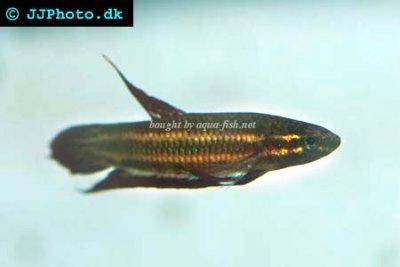


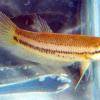 Akar
Akar 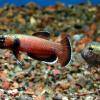 Whiteseam
Whiteseam 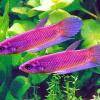 Giant
Giant 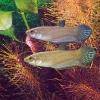 Betta
Betta 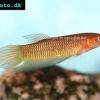 Slender
Slender 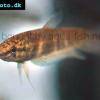 Betta
Betta 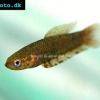 Brown’s
Brown’s  Snakehead
Snakehead 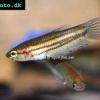 Edith’s
Edith’s 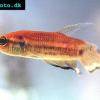 Blue
Blue 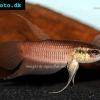 Betta
Betta  Peaceful
Peaceful 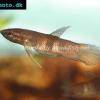 Kapaus
Kapaus 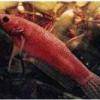 Eyespot
Eyespot 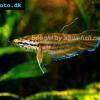 Spotted
Spotted 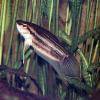 Forest
Forest 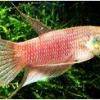 Schaller’s
Schaller’s 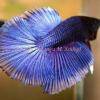 Siamese
Siamese 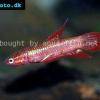 Chukai
Chukai 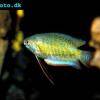 Banded
Banded  Dwarf
Dwarf 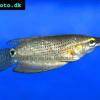 Frail
Frail 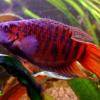 Paradise
Paradise 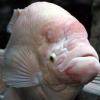 Giant
Giant 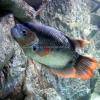 Giant
Giant 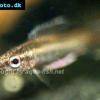 Licorice
Licorice 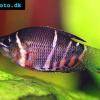 Chocolate
Chocolate 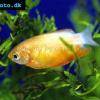 Honey
Honey 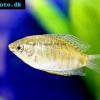 Thick
Thick 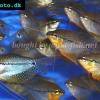 Pearl
Pearl 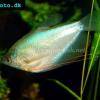 Moonlight
Moonlight 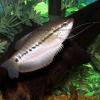 Snakeskin
Snakeskin 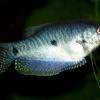 Blue
Blue